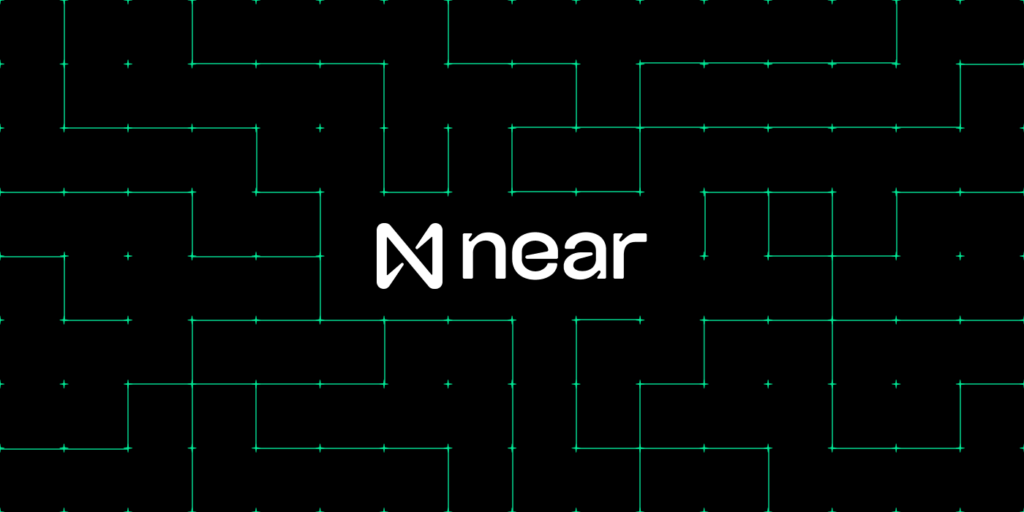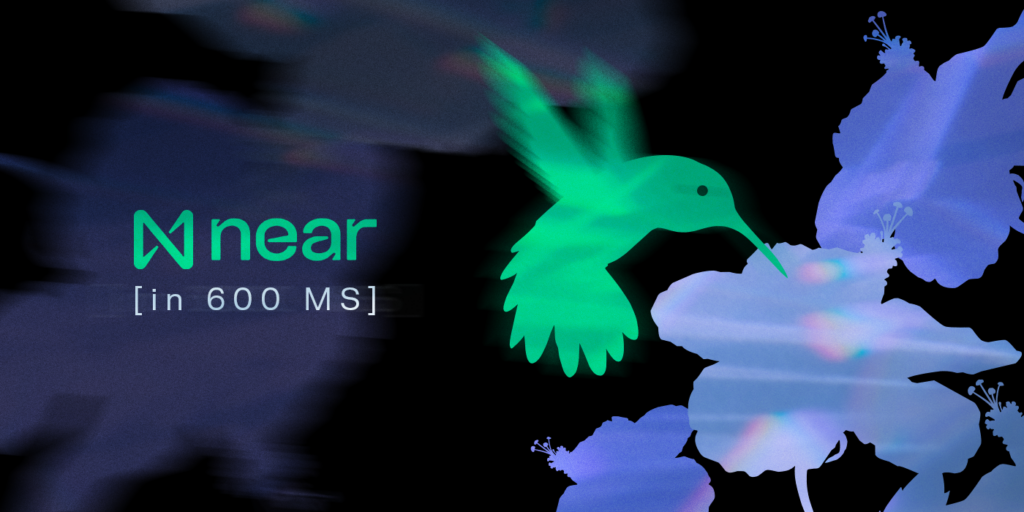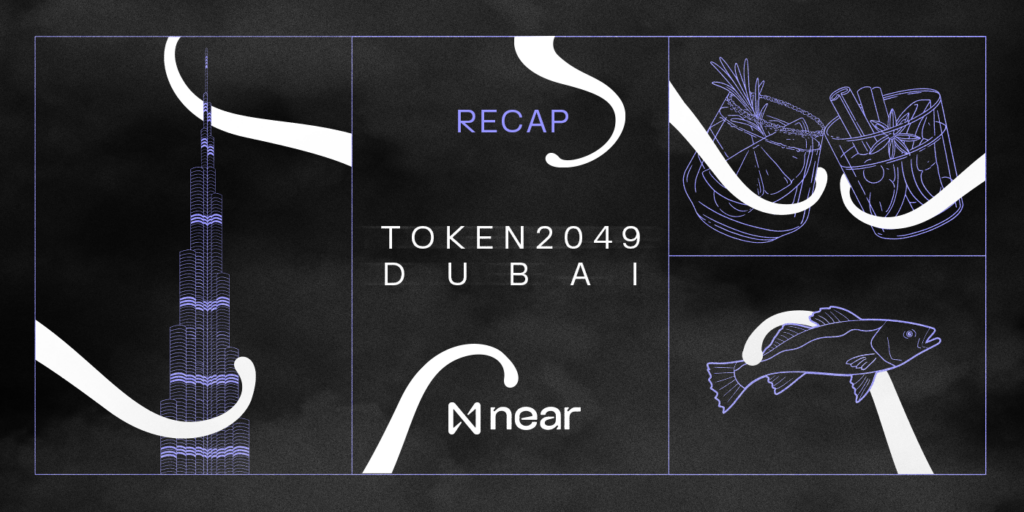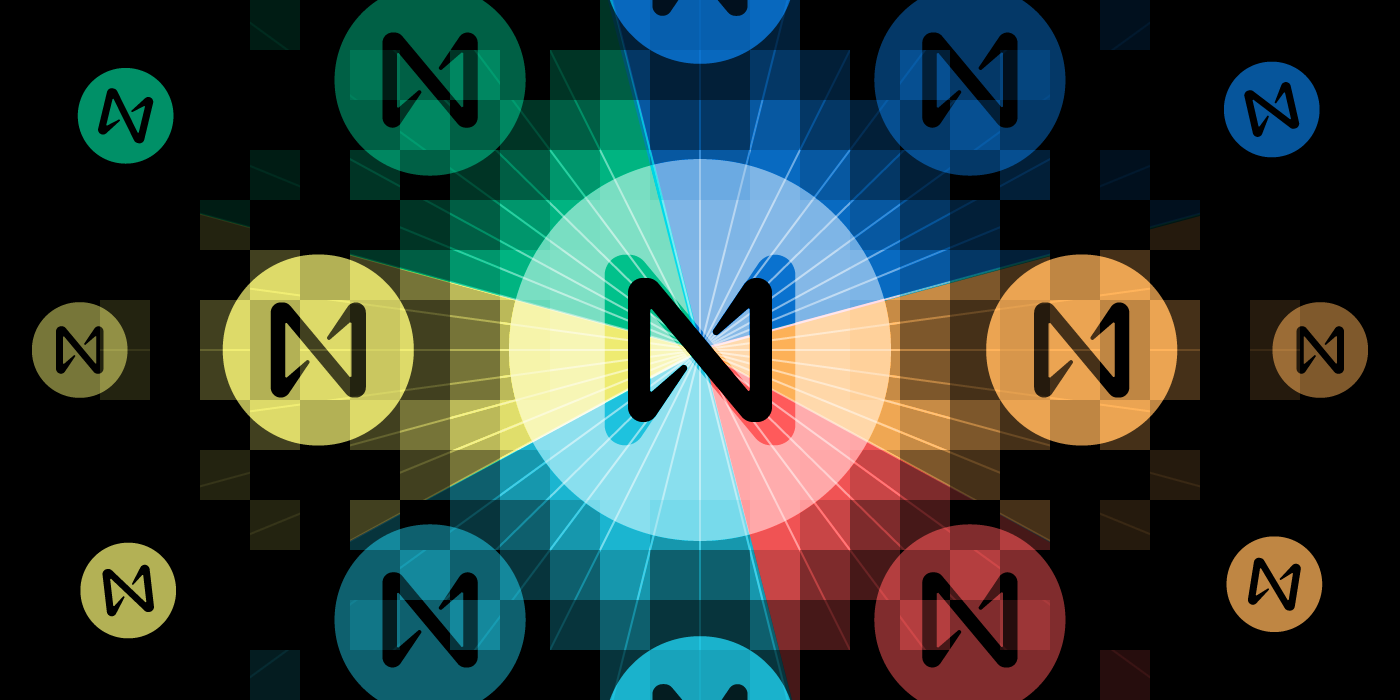Staking Rewards are now live on NEAR
Just one week after the NEAR community voted to enter Phase 2, NEAR Validators completed a major milestone: the upgrade to enable inflationary rewards. Now all NEAR token holders have the opportunity to earn Staking rewards from the network.
NEAR Protocol uses Proof-of-Stake (PoS) consensus to secure and validate transactions on the blockchain. The blockchain is run by a decentralized network of Validators, a community of operators who run the servers needed to keep the network operational.
Validators earn NEAR Token rewards for producing new blocks in the form of a static inflation rate of 4.5% each year.
Token holders who are not interested in being a Validator themselves can stake to a Validator’s staking pool and earn a portion of token rewards too. This incentivizes token holders to stay involved with the community and support Validators who are keeping the network running smoothly.
Inflationary Rewards Are Live
The community of NEAR Validators completed this update, activating the inflationary rewards for all token holders who stake their $NEAR.
This upgrade creates a unique opportunity for the community to potentially earn additional tokens: based on the current estimations, as much as 45 million NEAR tokens will be distributed to NEAR token holders who stake to active pools over the next 12 months.
Because NEAR utilizes Proof of Stake for consensus, inflation rewards are distributed to incentivize participation in the network through Staking. This means that every NEAR token in circulation can mint new tokens to its owner if they are staked to an active staking pool.
For more information on staking, create an account in the NEAR Wallet and check out our recent Wallet update post. Note: Today, in order to stake, you will need to withdraw your tokens from an exchange into a NEAR wallet.
Staking Rewards Calculations
It’s important to understand how the NEAR protocol calculates and distributes token rewards. The amount of staking rewards one can earn is proportionate to the total amount of tokens staked to the Network. For example, if there are 1000 total tokens staked and you have staked 100 of them, you can earn 10% of the total rewards which are distributed to the network. If there are 2000 total tokens staked and you have staked 100 of them, you’ll only earn 5% of the total rewards.
Today, NEAR staking pools are holding approximately 200 million NEAR tokens, so if you Stake 200 tokens (representing a share of 0.0001% of the total staked) you could receive ~45 newly generated tokens over one year, or 0.0001% of the ~45 million tokens minted by the network as inflationary rewards.
However, as is common with Proof of Stake Networks, as the network matures and more people become familiar with it, the total amount of staked tokens will increase. This means that while today Staking rewards are split between a pool of 200 million tokens, in the coming weeks, months, or years, that total amount of tokens staked could be as much as 600 or 700 million or even the full 1 billion NEAR tokens in existence. Of course there is no way to tell what the future will bring so we can only provide these calculations to explain how the protocol works at the technical level and can not guarantee that it will not change in the future. In theory, if 800 million tokens were staked instead of 200 million, you would receive ¼ of the amount of rewards as you would today with only 200 million tokens staked.
Keep this framework in mind as you consider staking to the network to earn Token Rewards on NEAR.
UPDATE: NEAR has been added to StakingRewards.com list of protocols with a staking calculator you can use to estimate potential rewards with additional information about staking.
Five things to know if you want to stake your tokens today
If you’re interested in staking, we suggest getting connected with our community on Discord. Here some important things to know:
- Where to Stake: NEAR ecosystem is still evolving, guides and tooling for staking are still being created and wallets are being updated continually to improve your experience. In addition to the official NEAR wallet, you can also stake using Dokia Capital Staking application, and Moonlet’s Wallet.
- How to Stake: There are two main ways to stake tokens: via your existing lockup contract (if you have one), or transferring tokens from exchanges to your personal wallet. Both require that you plan your token custody, as introduced by the token documentation here. Also, remember to leave at least 35 unstaked NEAR on your lockup contract, to pay for the storage and the gas fees, until the vesting is complete.
- Staking for Decentralization: Staking is not only about the rewards, it is the basis for security and stability of the NEAR Protocol. To avoid centralization, split your stake between smaller staking pools instead of putting everything in the largest one. Community members like Zavodil Validator have created excellent alternatives to NEAR’s official explorer, embedding metadata from the active staking pools to help you choose which Validators to Stake with. Also, consider joining the #staking channel on https://near.chat and ask questions!
- Choosing a Validator: You will notice each validator has a “Pool Fees” amount listed. This % is the amount of fees the Validator will keep to manage their operation. For example, if 100 token rewards are created, 10% of them (10 tokens) will be kept by the validator and 90% will go to the token holders that staked to that Validator. That said, Zero fees are not always good. Being a Validator requires time from qualified professionals operating high-quality infrastructure – which are expensive to maintain. If something so valuable is offered for free, ask questions. Also, Validators can change their fees at any time, so make sure to keep an eye on the fees in your pools and join Validator’s community chats or mailing lists for updates.
- Unstaking: You can unstake your tokens anytime, and the minimum staking period is only 12 hours. However, you have to wait four epochs (equivalent to about two days) before being allowed by the protocol to withdraw your funds from the staking pool into your wallet. This waiting period is also necessary if you want to unstake and restake to a different Validator. It’s worth mentioning that staking is done via smart contracts, so it is possible that a bug in the Validator’s code may have an impact on the funds staked into that pool.
Wrapping up
In less than four weeks the NEAR Community has transitioned from a small group of validators taking the lead over NEAR Foundation and MainNet PoA, to a thriving ecosystem of tools, guides, and community resources launching every day. This is still very (very) early, which means that you will have to be a bit patient and open to providing constructive feedback to everyone involved. We are building this together, and in exchange for that, we are getting a first look at the growth and excitement in store for the NEAR Community.
Questions? Ideas? If you haven’t already, join the conversation in the #staking channel at https://near.chat!
If you’re just learning about NEAR for the first time and are seeing this post, we invite you to join us on the journey to make blockchain accessible to everyday people who are excited for the future of the Open Web with NEAR. If you’re a developer, be sure to sign up for our developer program and join the conversation in our Discord chat. You can also keep up to date on future releases, announcements, and event invitations by subscribing to our newsletter for the latest news on NEAR.
Disclaimer: Please note that the statements expressed above about staking and rewards are not a recommendation by NEAR core team members or the NEAR Foundation to take any action with NEAR tokens. It is up to individual token holders to educate themselves on the risks and tax implications involved in Staking tokens relative to their own personal situations.
Share this:
Join the community:
Follow NEAR:
More posts from our blog



